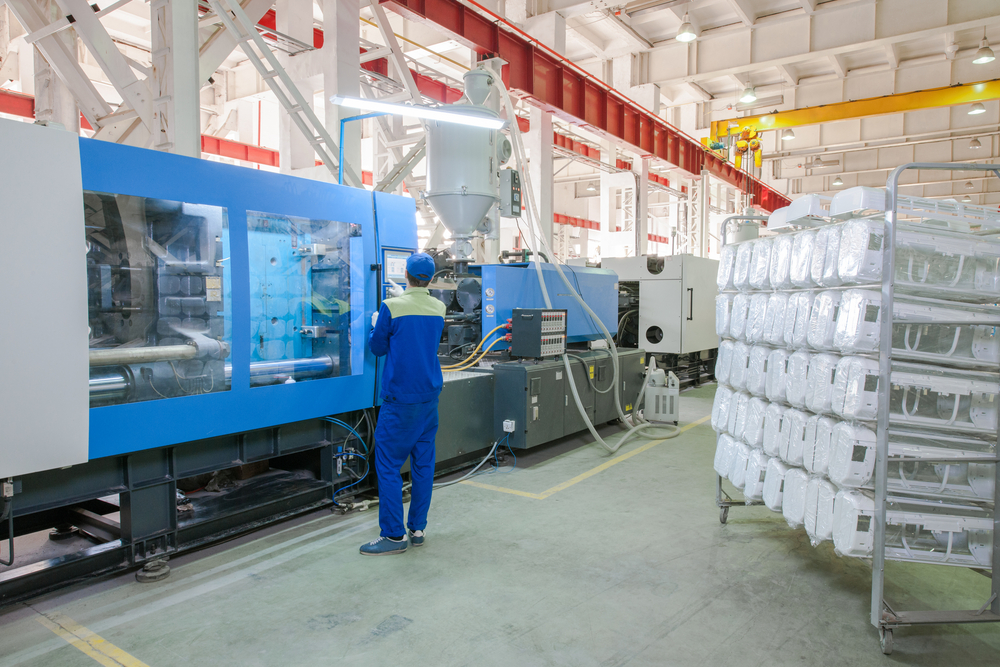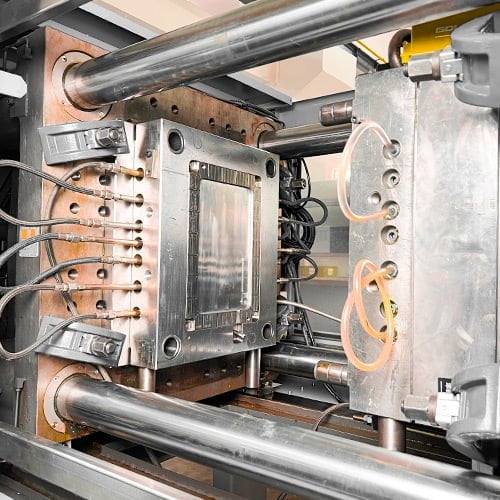Plastic Injection Molding: A Comprehensive Overview to Modern Production Techniques
Plastic Injection Molding: A Comprehensive Overview to Modern Production Techniques
Blog Article
The Future of Plastic Shot Molding: Advancements and patterns to Watch
As the plastic injection molding market progresses, numerous key trends are emerging that promise to reshape its landscape. Automation and smart production strategies are established to boost productivity, while the shift towards sustainable materials reflects an expanding environmental consciousness. Furthermore, developments in 3D printing are paving the way for unmatched design versatility. However, these innovations also produce difficulties that need cautious consideration. Recognizing exactly how these components will communicate and influence future techniques is critical for stakeholders aiming to browse this transformative period effectively.
Automation and Smart Manufacturing
As the plastic injection molding market develops, automation and clever manufacturing are taking center stage, changing manufacturing processes - Plastic Injection Molding. The integration of sophisticated technologies such as robotics, IoT (Net of Things), and expert system is making it possible for makers to boost effectiveness, reduce functional costs, and enhance item high quality. Automated systems simplify process, decreasing hand-operated intervention and raising throughput, which is important in fulfilling the rising demand for quick production cycles
Smart producing technologies promote real-time monitoring and information evaluation, allowing business to maximize machine performance and forecast maintenance demands. This proactive technique not just minimizes downtime however likewise expands the lifespan of devices. In addition, the usage of collaborative robots, or cobots, improves the versatility of manufacturing lines, enabling makers and employees to operate side-by-side safely and efficiently.
The adoption of automation in plastic injection molding is not merely a trend however a calculated essential for services aiming to stay affordable in a global market. By harnessing these technologies, producers can achieve greater accuracy, minimize waste, and adapt promptly to transforming consumer needs, placing themselves for sustainable growth in an increasingly automated future.
Sustainable Products and Practices
The push towards automation and wise manufacturing has led the way for a better focus on lasting materials and practices within the plastic injection molding sector. Firms are progressively seeking environmentally friendly alternatives to traditional petroleum-based plastics, bring about the fostering of bio-based and recycled products. These lasting materials not just minimize environmental impact yet likewise align with consumer need for greener products.

In addition, cooperation in between suppliers, product suppliers, and ecological organizations is cultivating advancement in the advancement of lasting materials that satisfy performance standards without compromising quality. As guidelines around plastic use become more stringent, the sector is positioned to adapt by accepting these sustainable approaches, ensuring long-term practicality and decreasing reliance on non-renewable resources. The assimilation of sustainability right into plastic injection molding is not merely a fad; it is coming to be a necessary element of corporate duty and functional excellence.
Advances in 3D Printing
Current improvements in 3D printing innovation are significantly changing the landscape of plastic injection molding. The integration of additive production processes permits the quick prototyping of complicated geometries that were difficult or when challenging to attain through standard methods - Plastic Injection Molding. This ability not just accelerates item development cycles however also minimizes material waste, lining up with the expanding demand for lasting production practices
In addition, the development of crossbreed production techniques, which incorporate 3D printing and injection molding, supplies suppliers the capability to develop detailed styles while preserving the performance of automation. This approach enables the manufacturing of customized parts customized to specific client demands without sacrificing the rate and scalability that shot molding provides.
Additionally, innovations in materials, such as high-performance polymers and compounds particularly developed for 3D printing, are boosting the useful capabilities of find out this here published elements. These materials can stand up to higher anxiety and display enhanced thermal buildings, making them ideal for even more requiring applications.
As 3D printing continues to advance, its integration into plastic injection molding procedures promises to enhance productivity, reduce costs, and foster technology in item style, placing producers to better fulfill the challenges of an open market.
Information Analytics and IoT Assimilation
Data analytics and the assimilation of the Net of Points (IoT) resource are changing plastic injection molding by supplying manufacturers with extraordinary understandings into their procedures. By leveraging real-time data collected from interconnected makers and sensors, producers can keep track of efficiency metrics, identify inefficiencies, and optimize production processes. This data-driven method assists in anticipating maintenance, reducing downtime and extending equipment lifespan.
In addition, IoT integration permits boosted quality assurance. By constantly tracking variables such as cycle, pressure, and temperature times, suppliers can promptly identify variances from established parameters and make changes in genuine time. This not only enhances product uniformity yet also minimizes waste and scrap prices.
The combination of data analytics and IoT innovations also empowers suppliers to take on even more agile production approaches. With accessibility to comprehensive data analytics, organizations can reply to market needs with greater flexibility, readjusting production routines and configurations as required. This adaptability is necessary in a rapidly changing manufacturing landscape.

Personalization and Design Flexibility
Just how can modification and layout adaptability improve the competition of plastic shot molding? In a significantly diverse market, the ability to use customized options is extremely important. Personalization permits makers to meet details client demands, fitting unique dimensions, shapes, and functionalities that conventional products might not meet. This flexibility not just fosters client loyalty yet also opens avenues for brand-new service opportunities across numerous industries, from automotive to customer products.
Advancements in style innovations, such as computer-aided layout (CAD) and fast prototyping, further bolster this fad. These devices make it possible for developers to produce intricate patterns and complicated geometries, which can be flawlessly integrated into the manufacturing process. Consequently, manufacturers can respond promptly to transforming why not find out more customer choices and market needs.
Furthermore, the execution of modular tooling systems improves design flexibility, enabling for quicker changes between various product designs without comprehensive downtime. This versatility can cause decreased preparations and lower manufacturing costs, making companies much more agile and affordable. Eventually, embracing personalization and design flexibility in plastic injection molding not only elevates item offerings however also strengthens market positioning in an ever-evolving landscape.
Verdict
The future of plastic shot molding is identified by substantial developments in automation, sustainable techniques, and cutting-edge products. Personalization through modular tooling and quick prototyping will allow suppliers to continue to be receptive and competitive to the vibrant needs of the market.

The future of plastic shot molding is defined by considerable innovations in automation, sustainable techniques, and ingenious products.
Report this page